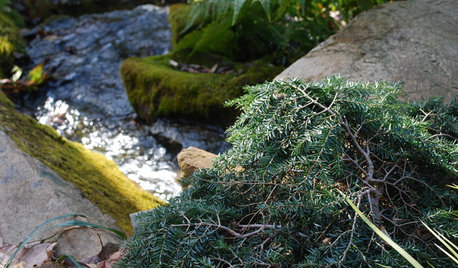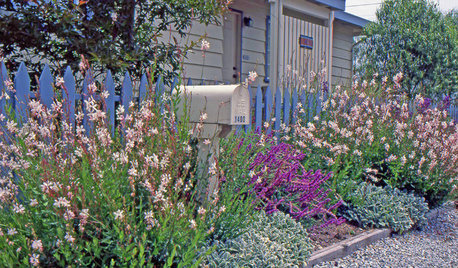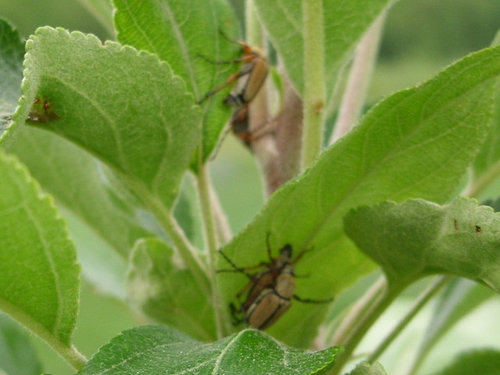Rose Chafer Infestation, what to do?
valgor
10 years ago
Featured Answer
Comments (25)
ltilton
10 years agocapoman
10 years agoRelated Professionals
Danbury Landscape Architects & Landscape Designers · Bridgetown Landscape Architects & Landscape Designers · Erie Landscape Architects & Landscape Designers · Palm Springs Landscape Architects & Landscape Designers · Roosevelt Landscape Architects & Landscape Designers · White Oak Landscape Architects & Landscape Designers · Stoughton Landscape Contractors · Canyon Lake Landscape Contractors · Downey Landscape Contractors · Hampton Bays Landscape Contractors · Hoffman Estates Landscape Contractors · Rancho Santa Margarita Landscape Contractors · Saint John Landscape Contractors · San Benito Landscape Contractors · Suitland Landscape Contractorspatrick113
10 years agofranktank232
9 years agoltilton
9 years agovalgor
9 years agofranktank232
9 years agovalgor
9 years agoltilton
9 years agovalgor
9 years agofranktank232
9 years agovalgor
9 years agorina_Ontario,Canada 5a
9 years agovalgor
9 years agovalgor
9 years agofranktank232
9 years agorina_Ontario,Canada 5a
9 years agovalgor
9 years agorina_Ontario,Canada 5a
9 years agovalgor
9 years agorina_Ontario,Canada 5a
9 years agoneworganicfarm
8 years agopeabody love
6 years agopeabody love
6 years ago
Related Stories

MY HOUZZMy Houzz: Devotion Shows in a 19th-Century Belgian Home
A four-year renovation takes a house from bat infested to beautiful, with heavenly lightness and sweet country style
Full Story
GARDENING GUIDESGreat Design Plant: Tsuga Canadensis ‘Bennett’
Bennett Canadian hemlock thrives in shade and provides sculptural interest in eastern U.S. gardens
Full Story
GARDENING AND LANDSCAPINGBid Bad Garden Bugs Goodbye and Usher In the Good
Give ants their marching orders and send mosquitoes moseying, while creating a garden that draws pollinators and helpful eaters
Full Story
HOUSEPLANTSHow to Force Amaryllis Bulbs Indoors
Enjoy vibrant red blossoms even as gardens turn snowy white, by teaching this hardy repeat performer to ignore the calendar
Full Story
EDIBLE GARDENSGarden BFFs? Why Your Vegetables Are Begging for Companion Plants
Foster friendships among plants for protection from pests, pollination support and color camaraderie
Full Story
HOUSEPLANTS8 Essentials for Healthy Indoor Plants
Houseplants add so much to our homes — and can thrive when grown in the right conditions. Keep these tips in mind
Full Story
GARDENING GUIDESMake Sure You Read This Before Buying New Plants
Follow these 10 plant-selection tips to avoid buyer’s remorse
Full Story
EDIBLE GARDENSHow to Grow Your Own Sweet Summer Crops
This guide will help any gardener get started on growing the freshest warm-season veggies and berries for summer
Full Story
GARDENING GUIDESGreat Design Plant: Gaura Lindheimeri
Delicate, butterfly-shaped flowers ‘float’ above the foliage of this lovely, drought-tolerant perennial
Full Story











valgorOriginal Author